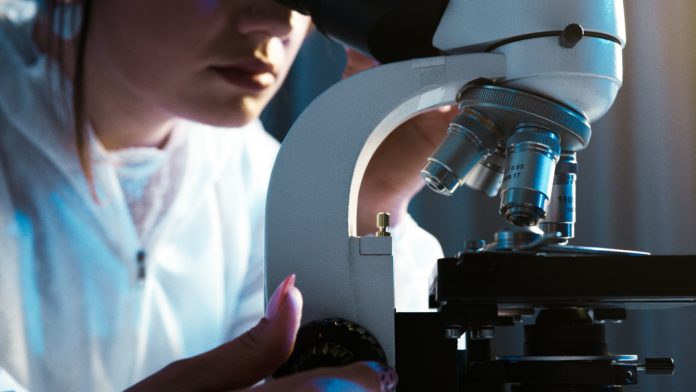

The Colorado Bureau of Investigation and the University of Colorado Law School’s Korey Wise Innocence Project have partnered to review criminal court cases from 1976 to 1995 that used hair microscopy analysis evidence. The project will help law students understand the potential limitations and scope of pattern comparison evidence and science in criminal law.
CBI and the Korey Wise Innocence Project announced the collaboration on Nov. 18 that will review 51 cases that used hair microscopy, the visual analysis of hair under a microscope, an unreliable form of forensic analysis. Students will review court documents and transcripts to identify cases where hair microscopy played a central role in convictions.
Hair microscopy, a type of pattern comparison evidence in the same school as fingerprint, ballistics or bite mark analysis, is rarely used in criminal cases today since the introduction of DNA forensic analysis.
All CU Law students can participate in the project. Anne-Marie Moyes, director of the Korey Wise Innocence Project, expects the project to take several years and added that case review will start after an attorney to lead the project is hired in the coming couple months.
In 2015, the Federal Bureau of Investigation released an in-depth review of convictions where hair microscopy evidence was used to secure a conviction. Looking at trial testimony, the FBI concluded that in 90% of the 268 cases examined, its analysts or agents gave erroneous statements about the pattern comparison technique. The report did not look at state-level agencies that used hair microscopy and, in light of the results, the FBI asked states to embark on a similar review. CBI and the Korey Wise Innocence Project are taking up the mantle for Colorado convictions.
“I think it’s a really great example of how law enforcement and defense organizations can cooperate together to ensure accuracy of older convictions like the ones we’re examining,” said Moyes.
Moyes explained that students will review case records of 51 incarcerated individuals. Specifically, they will look at the hair microscopy examiner’s testimony to determine if the value of the evidence was overstated, if the evidence was admitted and if it was central to the conviction. If hair microscopy played a central role in the conviction, the Korey Wise Innocence Project will pursue DNA testing, conduct investigations and attempt to overturn any unreliable convictions.
Hair microscopy has come under scrutiny from the scientific community. In 2009, the National Research Council of the National Academies published a review of the use of pattern comparison evidence, including hair microscopy, in criminal cases. It found that “most hair examiners would opine only that hairs exhibiting the same microscopic characteristics ‘could’ have” come from a particular person but that the technique was far from a positive “match” or identification. It also noted that studies in the ‘70s and ‘90s overestimated the technique’s accuracy. Despite the scientific uncertainty behind hair microscopy, researchers noted that in criminal trials “examiners have made probabilistic claims based on their experience,” including in cases where DNA-evidence later vacated a conviction. The CBI stopped using hair microscopy analysis in 2011.
“If there’s a change in the science, we need to be willing as a criminal justice community to look backwards and reexamine convictions that we might now understand are potentially flawed,” explained Moyes.
She hopes that students who review the cases will develop a deeper understanding of how the dynamic fields of science and forensics interact with the law. “For students entering the criminal law arena on either side, it’s really important for them to be mindful of the integrity of scientific evidence, or lack of integrity of scientific evidence, that might be admitted into a courtroom,” Moyes said. “I think it makes them better advocates if they can understand that sometimes this evidence can be fallible.”
While the CBI hasn’t used hair microscopy analysis in a decade, Moyes explained that re-reviewing cases and convictions is still important. “We know that the CBI did some of this [hair microscopy analysis] work and we know there are likely other state level agencies that did this work, and so we’re just trying to follow through on the FBI’s own recommendations to do these reviews on the state level.”
According to CBI Director John Camper, the partnership is important to the state agency. “There have been vast technological advances in forensic science, and DNA in particular,” said Camper in a press release statement. “This review is an opportunity to ensure accuracy in scientific conclusions and testimony, no matter the age of the case.”

